The heater valve regulates the flow of coolant (antifreeze) to the heater radiator. Its operation determines the efficiency of the cabin heating, the stability of the temperature regime, and the driver's comfort during the cold season. In most modern cars, this valve is controlled electronically, using a servo drive or vacuum actuator, which opens or closes the coolant flow depending on signals from the climate control unit.
The principle of operation of the system is simple: when the passenger compartment needs heat, the valve opens and hot antifreeze from the engine flows into the heat exchanger. If the temperature needs to be lowered, the valve partially or completely blocks the flow. In more complex systems, such as dual-zone or quad-zone climate control, several heater valves are installed to regulate the temperature for each zone separately.
Without a working valve, the heating system loses control over the coolant flow: the cabin becomes cold or, conversely, overheats. In addition, a faulty valve can cause the engine to overheat or reduce the coolant level due to leakage.
Principle of operation and design of the heater valve
The heater valve consists of a body, sealing seats, a spring, a stem, a diaphragm, or a ball element that opens or closes the antifreeze flow. In modern cars, electromagnetic or servo valves are most often used, which respond to a signal from the climate control unit.
Electromagnetic valves have a coil that creates a magnetic field, moving the core and changing the position of the valve. Servo valves are controlled by a small electric motor and have a position sensor that allows the climate control system to maintain the exact temperature in the passenger compartment.
Regardless of type, all valves have a common weak link — seals, diaphragms, and stems that wear out over time due to temperature, pressure, and the chemical effects of antifreeze. When the seals lose their elasticity, the valve begins to leak fluid, micro-leaks appear, or the mechanism jams.
Why does the heater valve fail?
The main reasons for heater valve failure are wear of seals, corrosion of internal surfaces, and the formation of scale or deposits in the cooling system. Antifreeze contains additives that lose their properties over time, leading to the formation of sediment that settles on the valve parts. As a result, the moving parts begin to seize up, the membrane loses its flexibility, and the housing may crack due to temperature changes.
The valve also often suffers from electrical malfunctions: breaks in the control circuit, damaged connectors, or burnt-out coils. If the car has not been used for a long time, the valve may “stick” to the seat due to frozen deposits.
Signs of malfunction are immediately noticeable—the heater does not warm up the interior, the temperature changes unevenly, and clicking or hissing noises can be heard when the system is running. Sometimes there is a smell of antifreeze, indicating a leak due to damaged seals.
What is a heater valve repair kit?
A heater valve repair kit is a set of specially selected components that allow you to completely restore the valve's operation without having to purchase a new unit. The kit usually includes sealing rings, gaskets, membranes, rods, springs, shaft seals, and housing components.
Using such a kit allows you to eliminate leaks, jamming, and restore the tightness of the system. This is an economical solution, since replacing the valve assembly can cost several times more. In addition, many modern valves are integrated into complex climate control units, where replacing the entire unit is impractical.
The repair kit is selected for a specific car model, taking into account the valve design. All parts are made of materials that are resistant to antifreeze and high temperatures. Fluororubber (FPM/Viton) seals retain their shape even after thousands of heating and cooling cycles, and reinforced silicone membranes ensure long-term operation without deformation.
How to repair a heater valve
Repairing a heater valve using a repair kit consists of several steps. First, drain the coolant from the system, then remove the valve. All connections must be disconnected carefully so as not to damage the plastic fittings or connectors.
Next, the valve is disassembled, and the inner surface is cleaned of scale and old seal residue. Particular attention is paid to the antifreeze passage channel and the valve seat — they must be completely clean. Then new parts from the kit are installed: rings, membrane, stem, and gaskets.
After assembly, the valve is checked for leaks by immersing it in liquid under slight pressure or using a manual tester. If there are no leaks, the unit can be installed in place. The system is filled with antifreeze, vented, and then the stove is checked in all modes.
When installed correctly, the refurbished valve works as well as a new one. The repair takes less time and allows you to restore the functionality of the system without unnecessary costs.
Advantages of using heater valve repair kits
Using heater valve repair kit has a number of advantages over replacing the entire valve assembly:
- The cost of the kit is several times lower than that of a new unit.
- Repairs take a minimum of time and do not require special equipment.
- There is no need to interfere with the control system or change the electronics.
- The materials used for seals and membranes can withstand extreme temperatures.
- When installed correctly, the service life of a repaired valve is equivalent to that of a new valve.
This solution is actively used by service workshops in the US that service European cars. Klifex kits are compatible with popular models from BMW, Audi, Mercedes-Benz, Volkswagen, Volvo, Jaguar, Land Rover, and others.
Frequently asked questions and answers (FAQ)
1. What symptoms indicate a malfunctioning heater valve?
Poor cabin heating, unstable temperature, antifreeze leakage, coolant odor, or climate control system errors.
2. Can the valve be repaired without replacing the entire assembly?
Yes. Using heater valve repair kits allows you to completely restore the valve's tightness and operation without installing a new one.
3. How often should the valve be checked?
Once every 30-40 thousand kilometers or before the winter season. It is especially important to check if the antifreeze has not been changed for a long time.
4. Are Klifex kits suitable for different car brands?
Yes. Klifex manufactures kits for most American car models — BMW, Audi, Mercedes-Benz, Volkswagen, Volvo, Jaguar, Land Rover, etc.
5. Do I need special equipment for repairs?
No. Basic tools are sufficient. The main thing is to keep everything clean and not damage the seals during assembly.
6. Does the quality of antifreeze affect the durability of the valve?
Yes. Old or poor-quality antifreeze accelerates corrosion and destroys seals. It is recommended to use only recommended fluids and change them according to the regulations.
7. How long does a repaired valve last?
The service life of a refurbished unit usually exceeds 100,000 kilometers, provided that high-quality kits are used and timely maintenance is performed.
8. Does Klifex provide a warranty for repair kits?
Yes. All kits come with an official warranty, are tested for leaks, and are manufactured in accordance with OEM standards
Where to buy a reliable heater valve repair kit with fast delivery in the US?
Klifex uses modern production technologies to manufacture heater seal and diaphragm kits. All components are tested for heat resistance (up to +200°C), chemical stability in G12/G13 antifreeze, and durability under pressure up to 2 bar.
The membranes are formed by precision molding using reinforcing fibers. This ensures geometric accuracy and even load distribution. The seals are made of FPM and EPDM materials, which guarantees no shrinkage or cracking even after many years of operation.
Klifex is a company that specializes in the production of repair kits for cooling and climate control systems. We understand that even a small detail, such as a heater valve, can affect driving safety and comfort. That is why we create kits that restore the operation of components to factory level.
Each of our heater valve repair kits undergoes three stages of testing: dimensional control, material heat resistance, and leak testing. We manufacture seals from the best polymers and membranes from reinforced silicone, which ensures reliability even under prolonged loads.
Our customers in the US receive fast delivery, technical support, and confidence in quality. We work with both large service centers and private mechanics, offering an affordable alternative to expensive original parts.
When you choose Klifex, you get more than just the perfect heater valve kit to restore your car's performance; you get a solution that works. We don't chase quantity; we focus on precision, durability, and practical results. You can order our heater valve repair kits online with delivery throughout the United States.
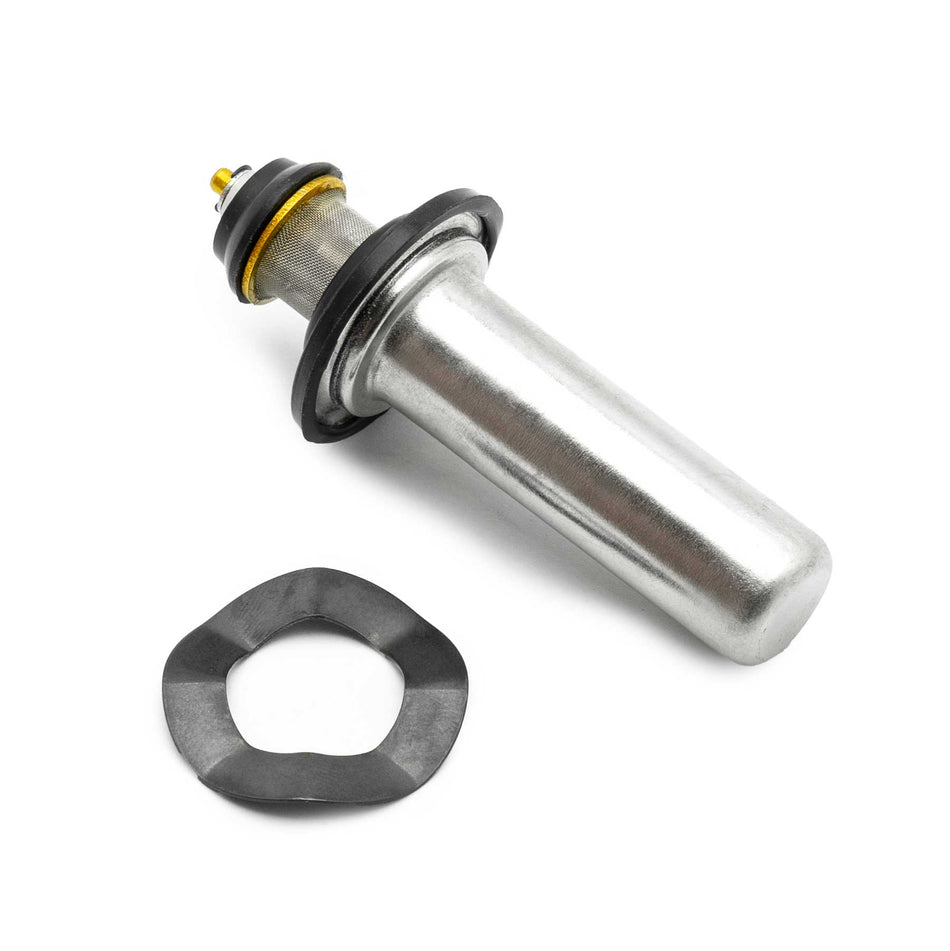
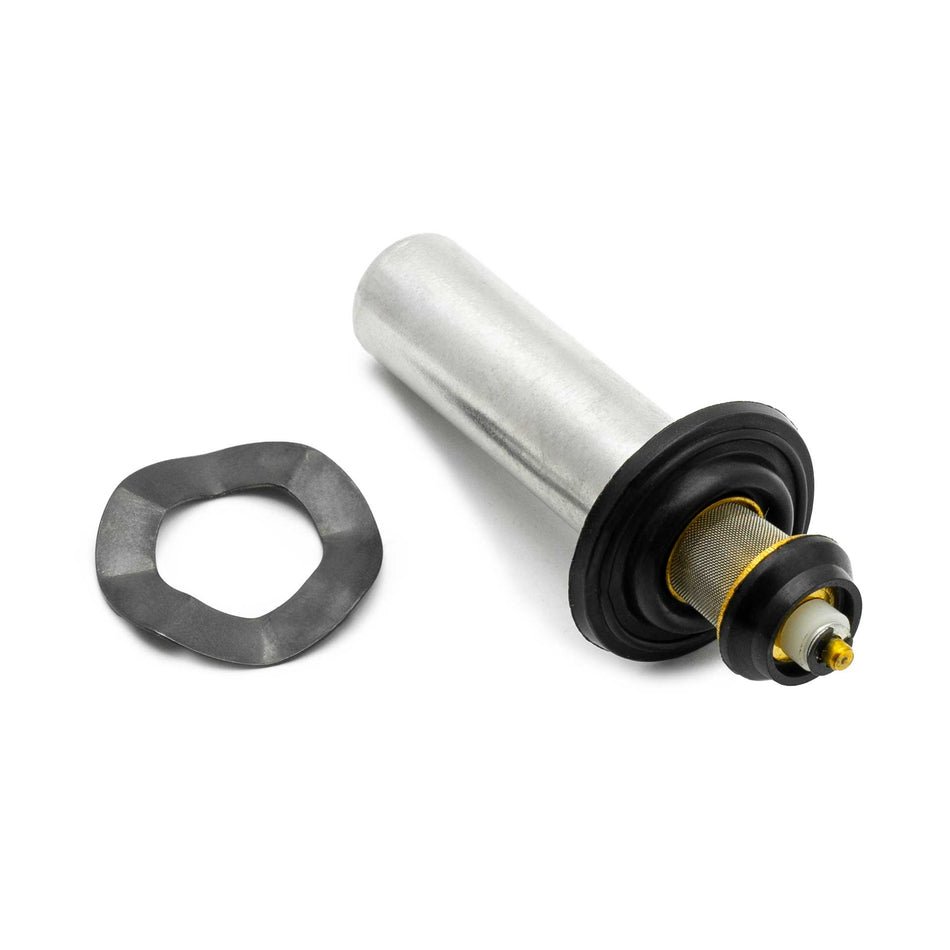
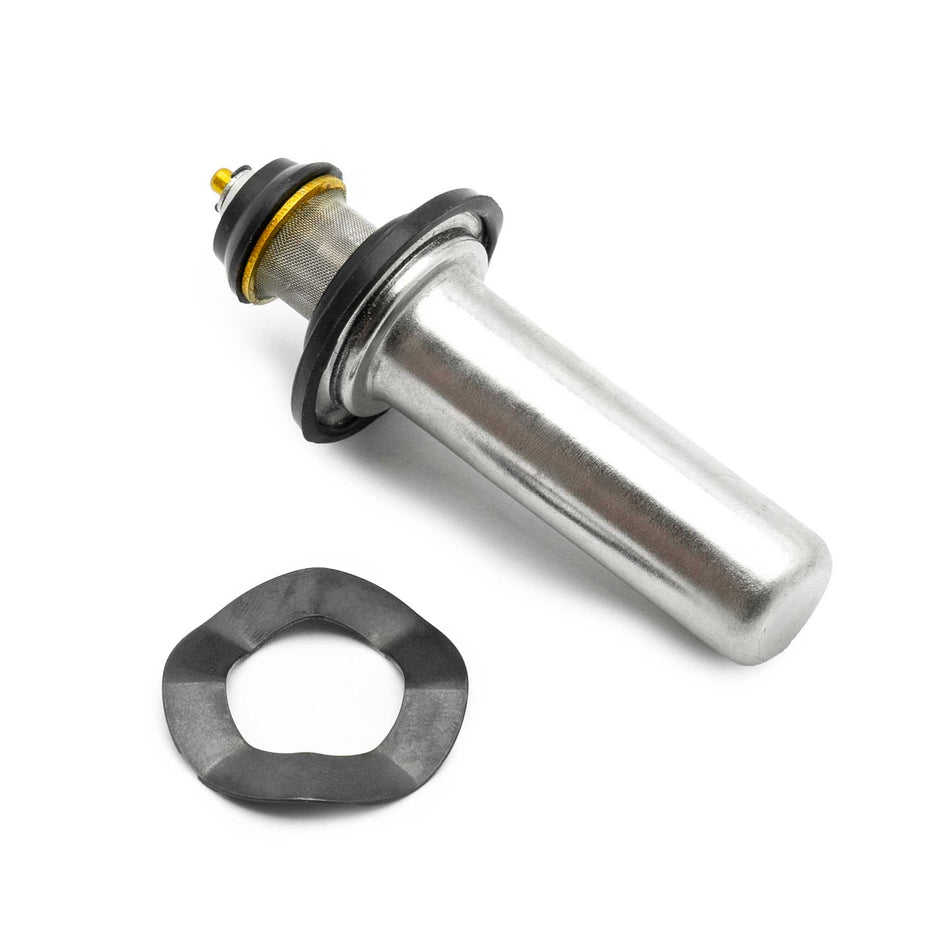
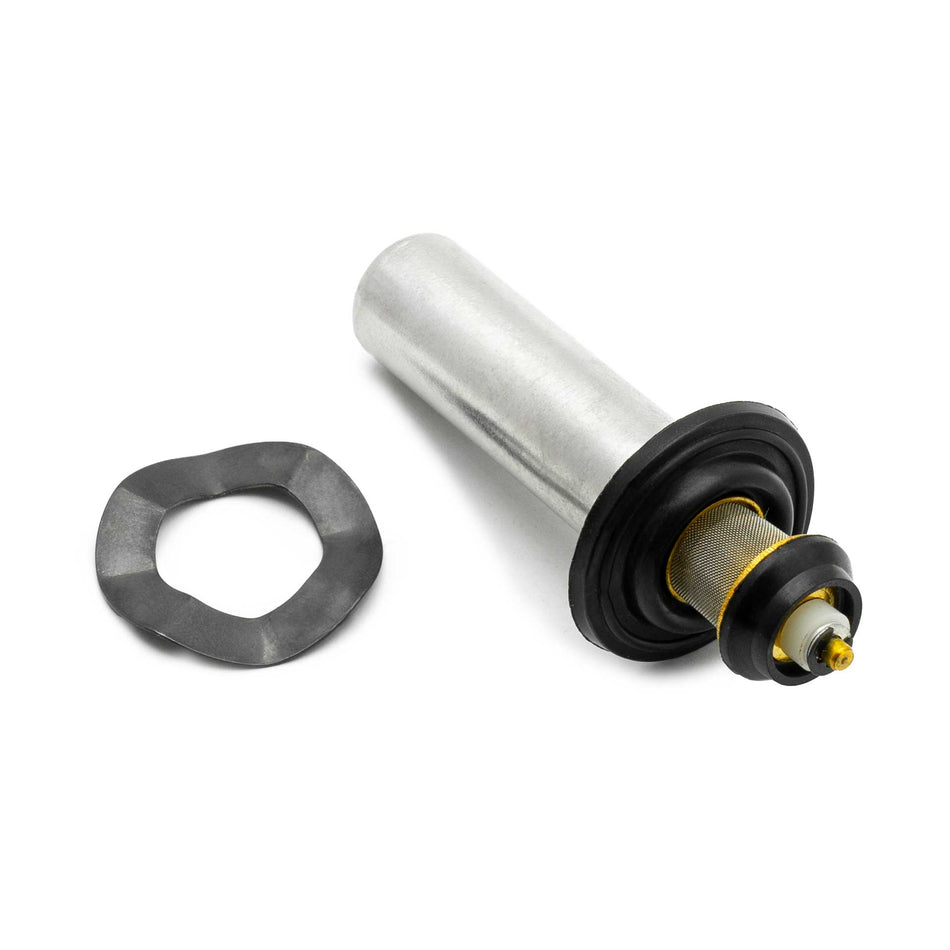
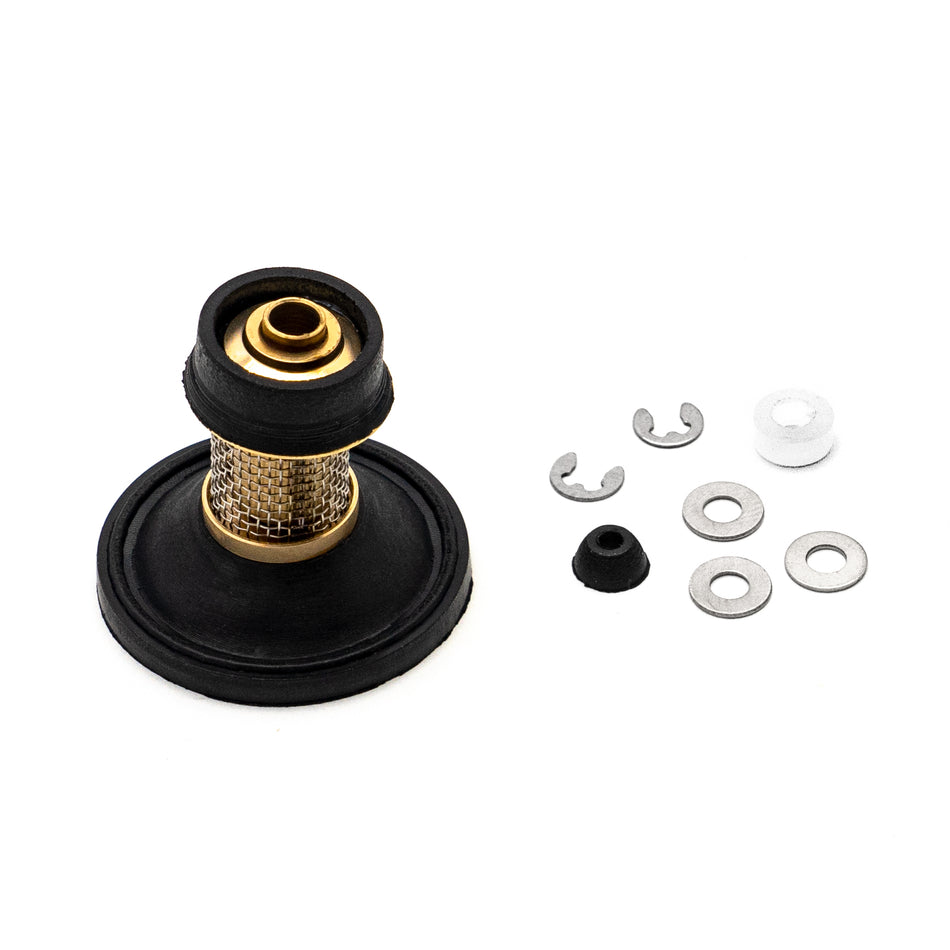
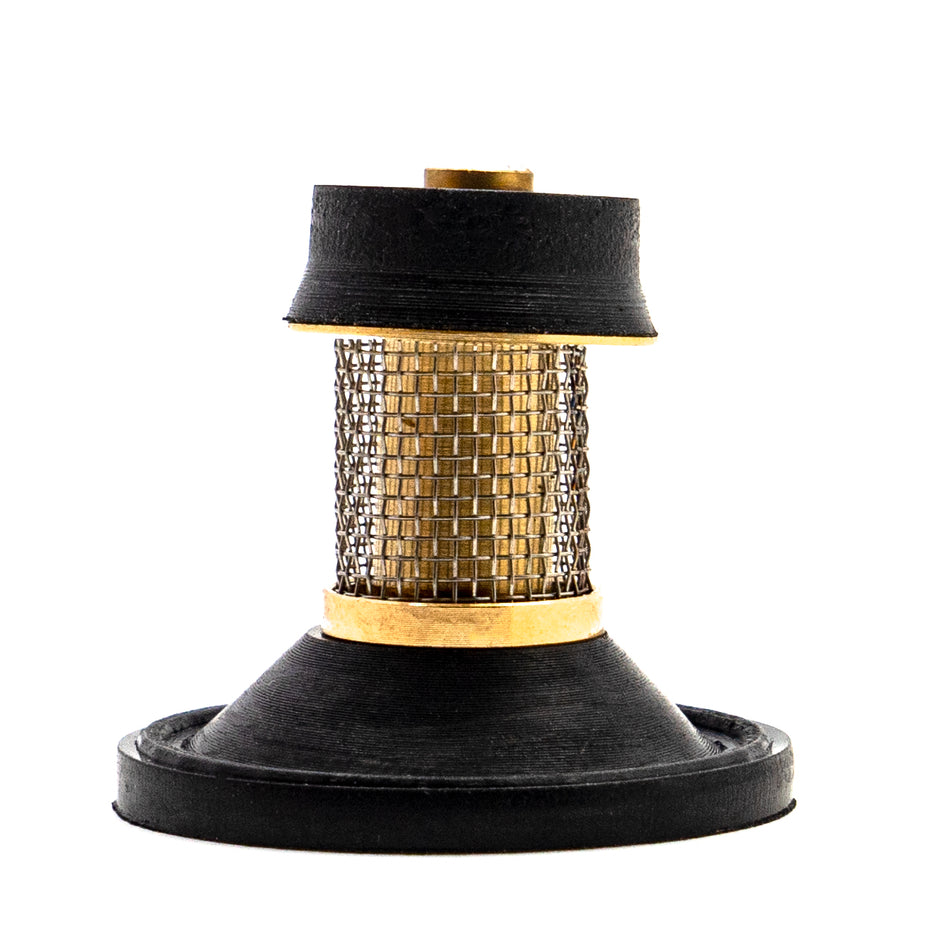
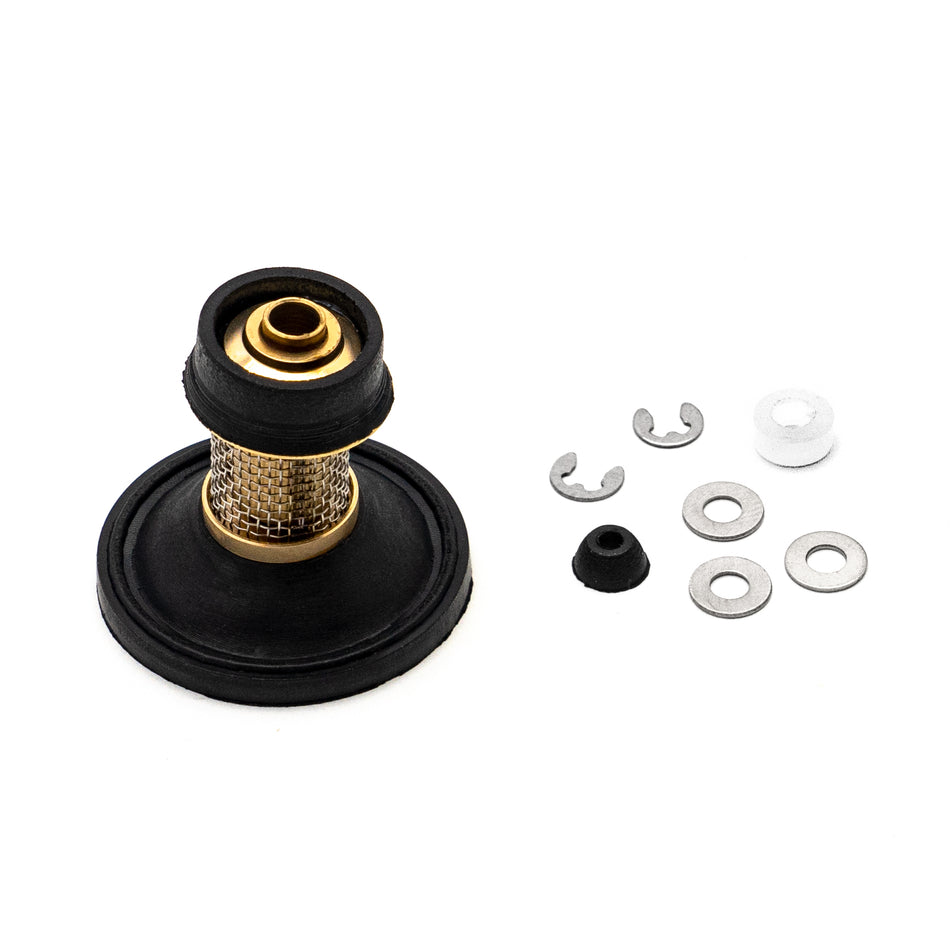
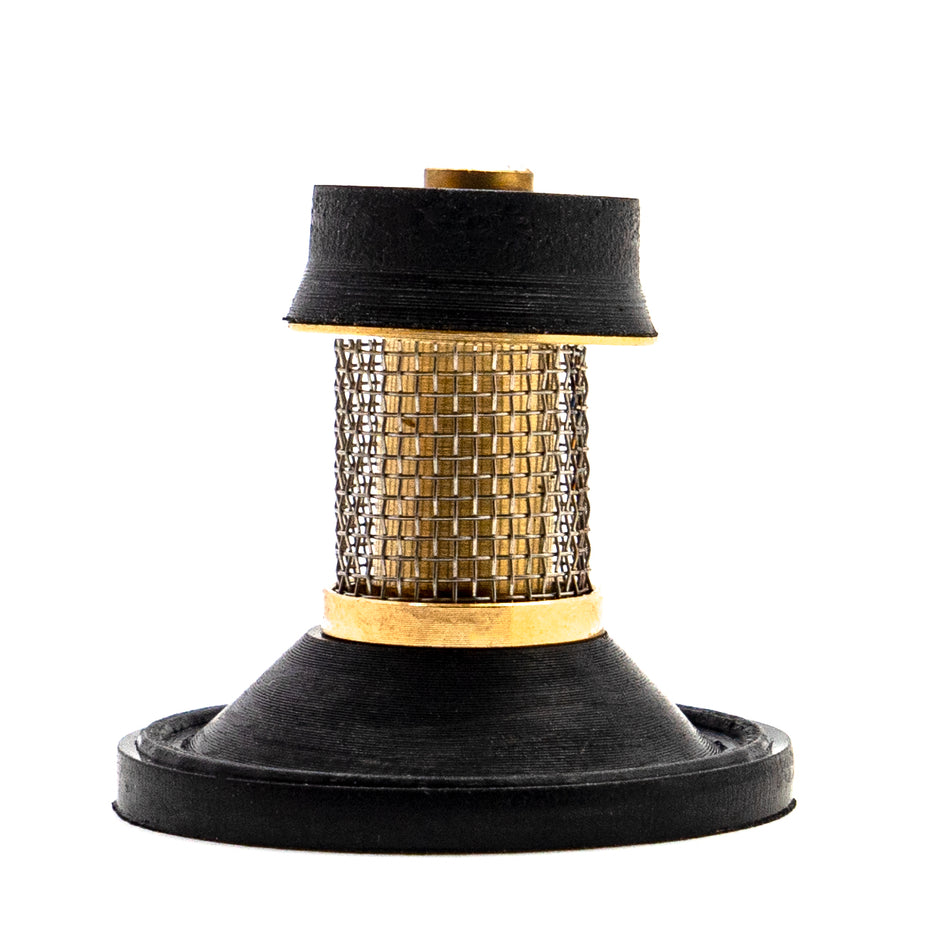




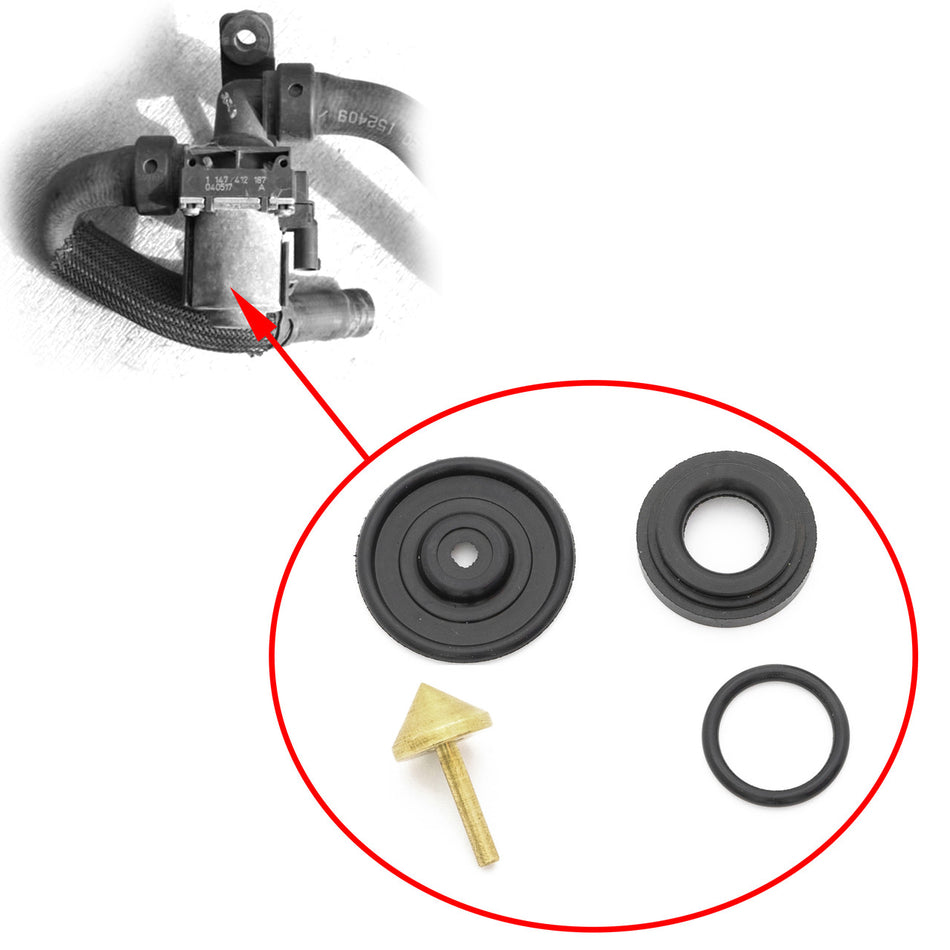
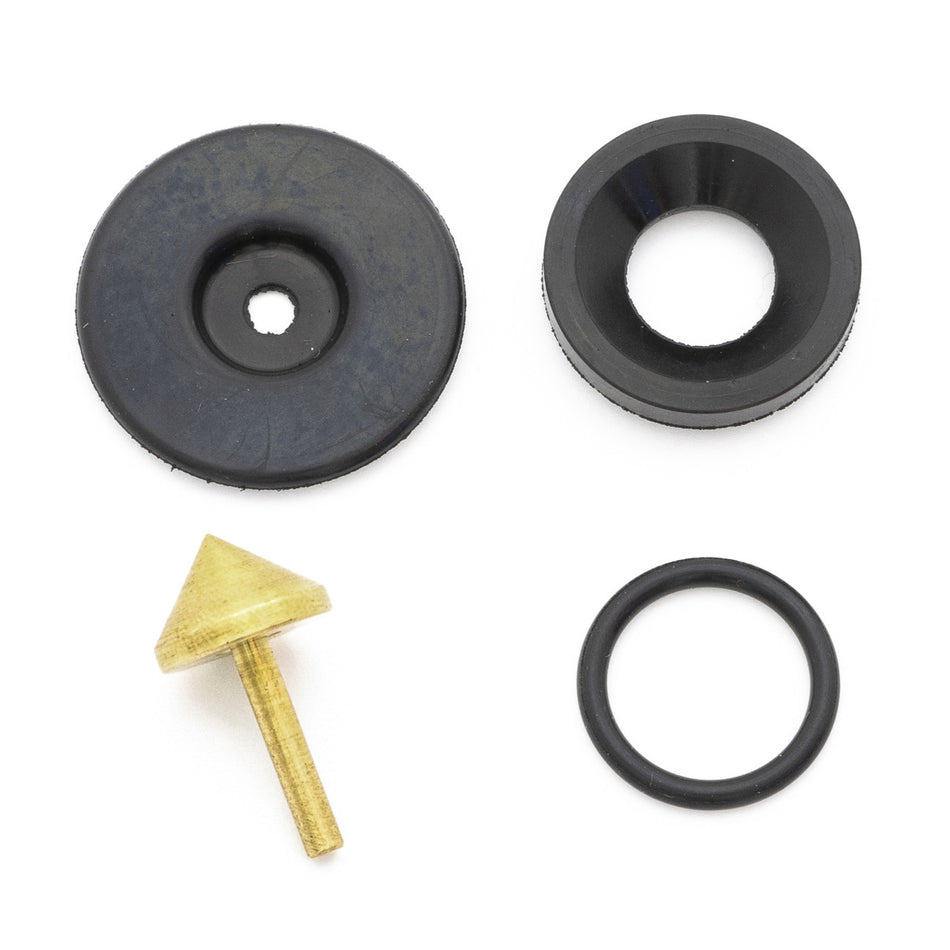
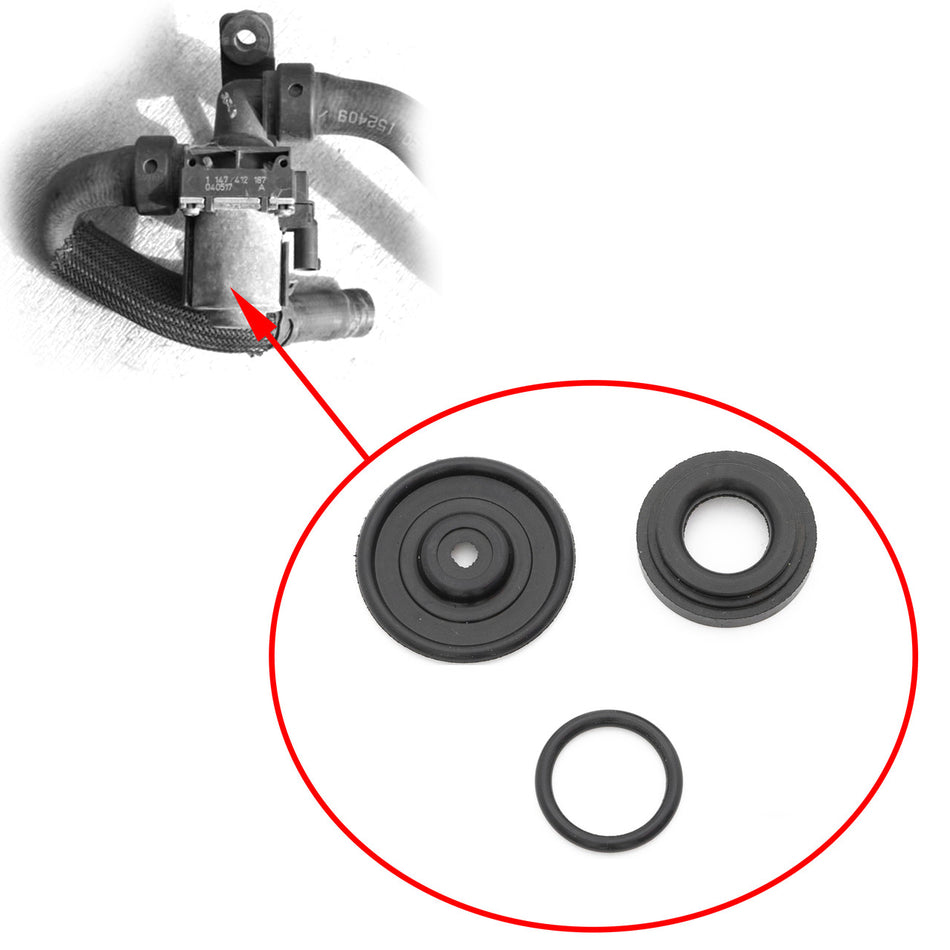
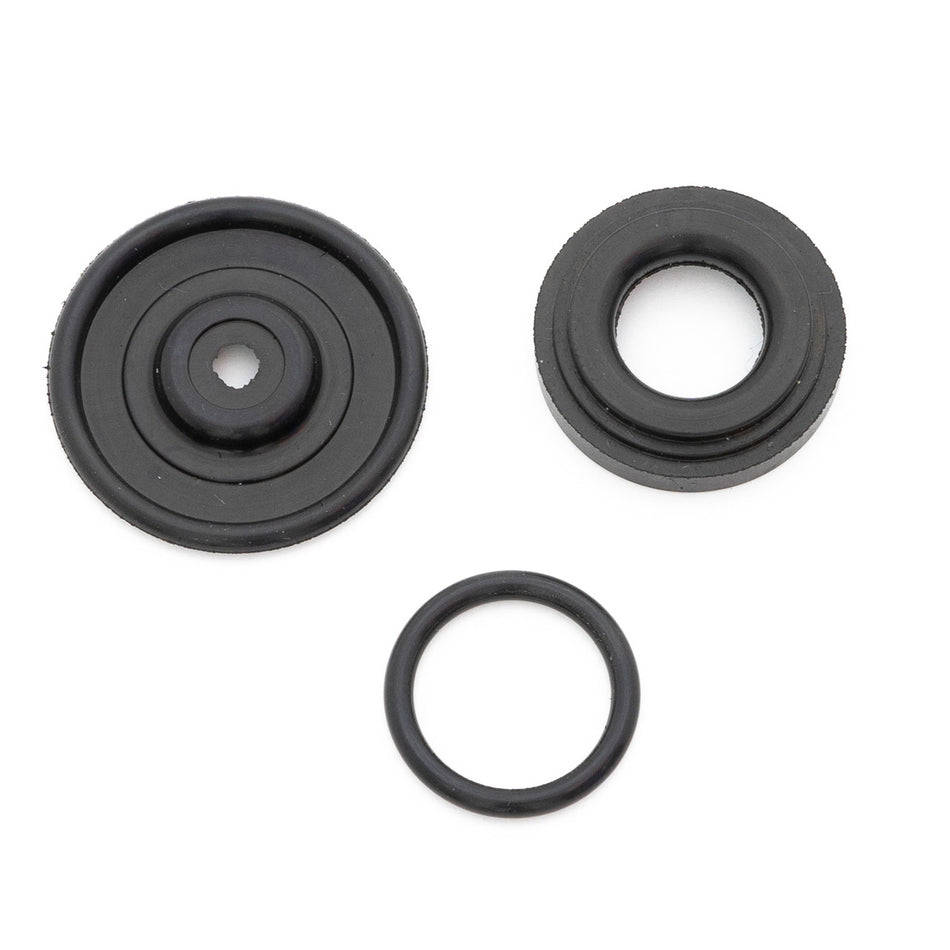












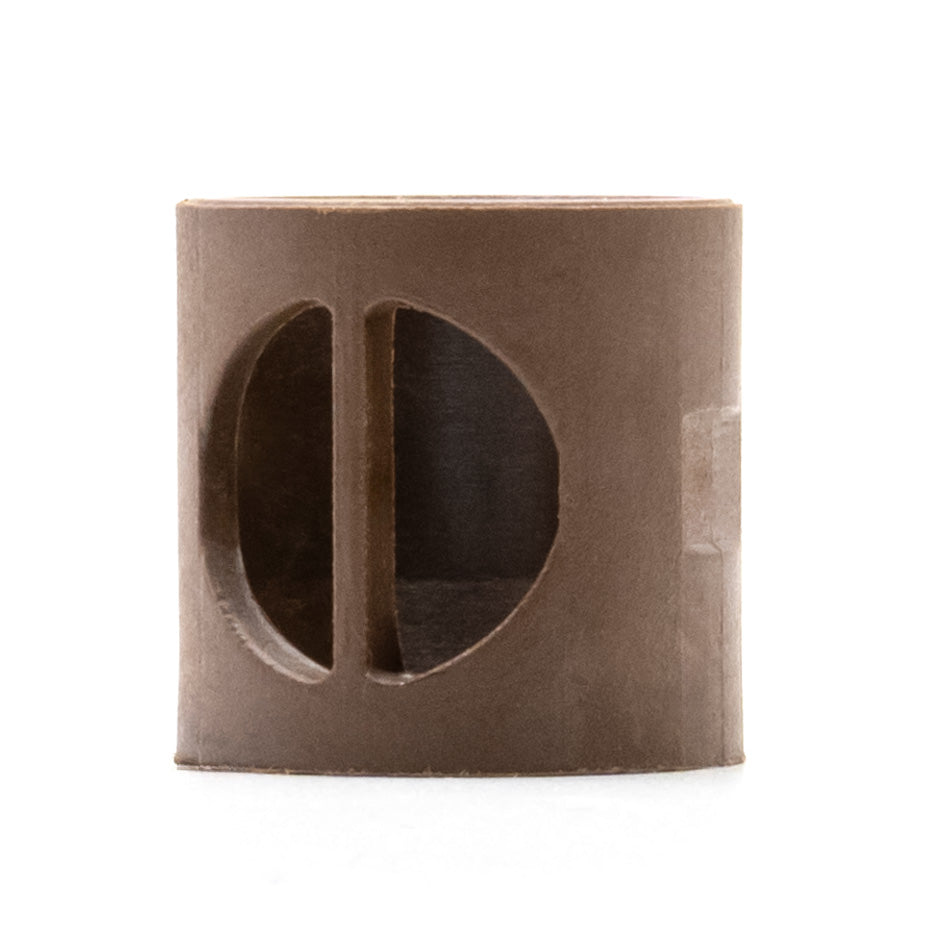
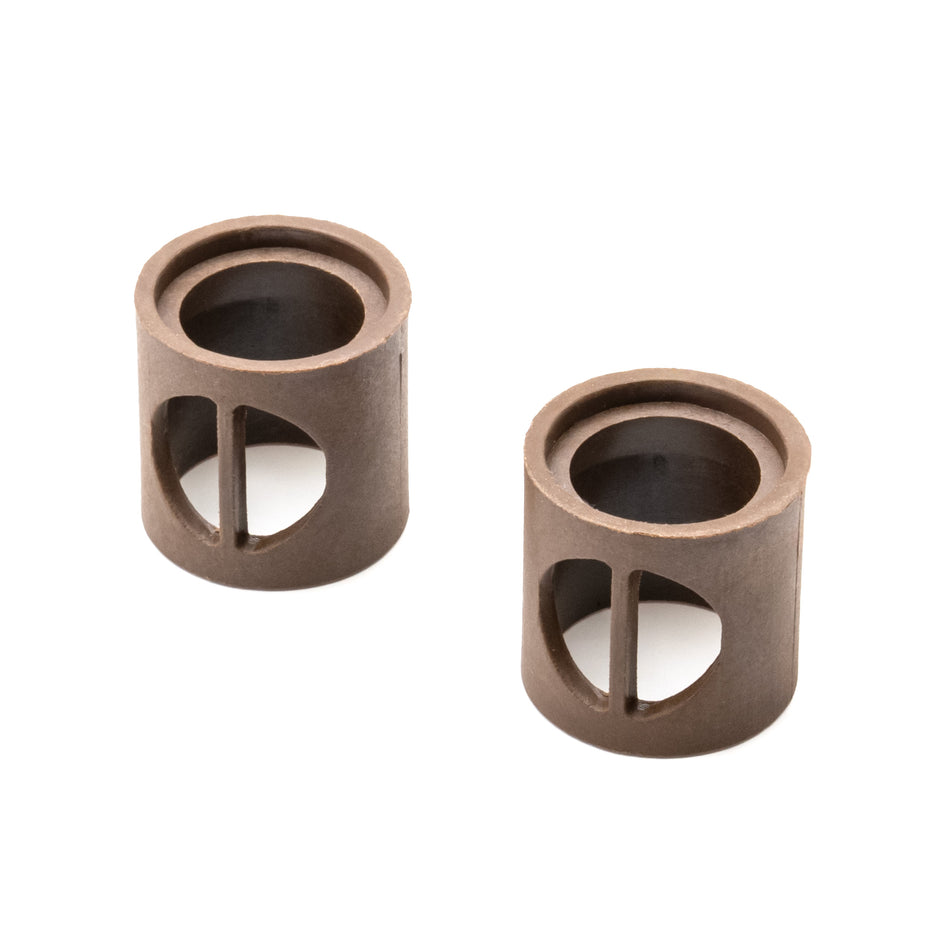 In stock
In stock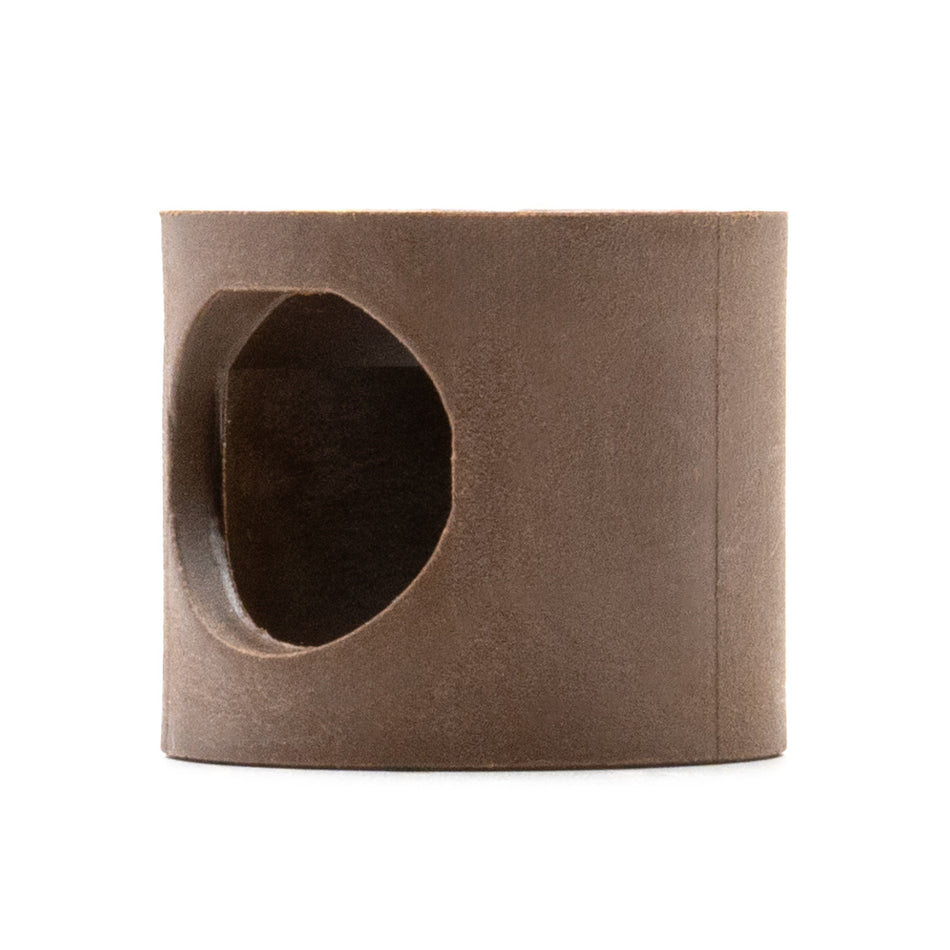
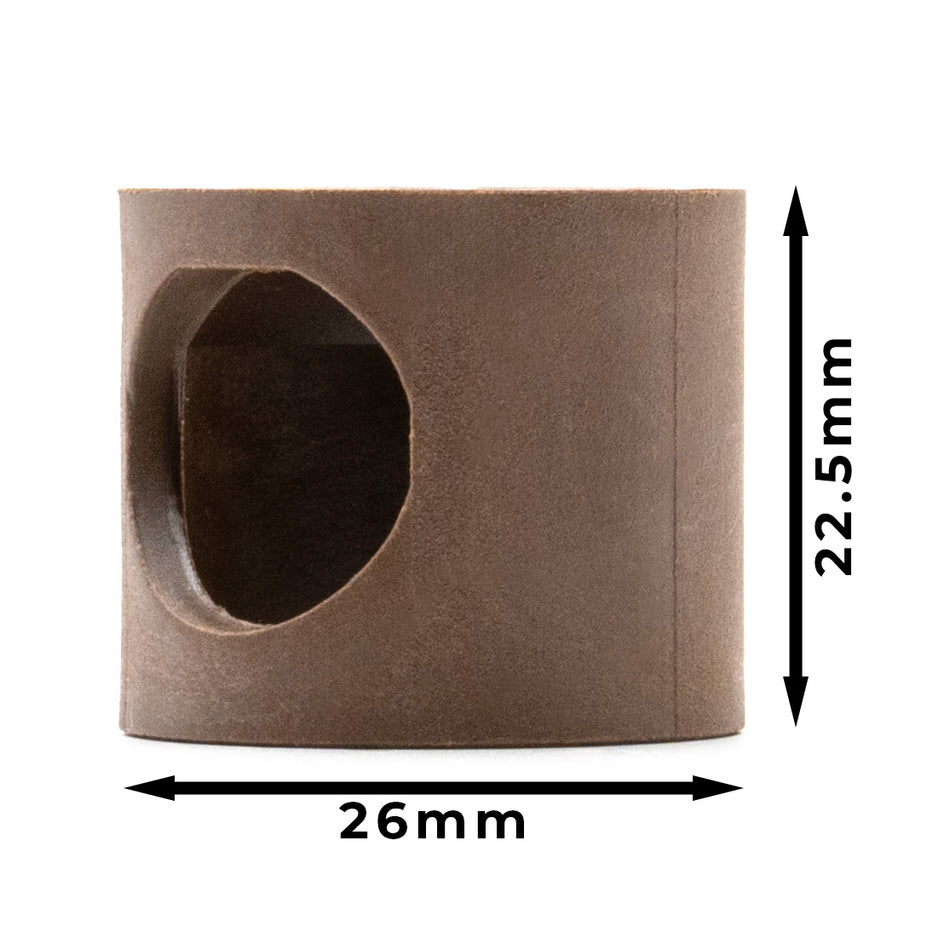 In stock
In stock

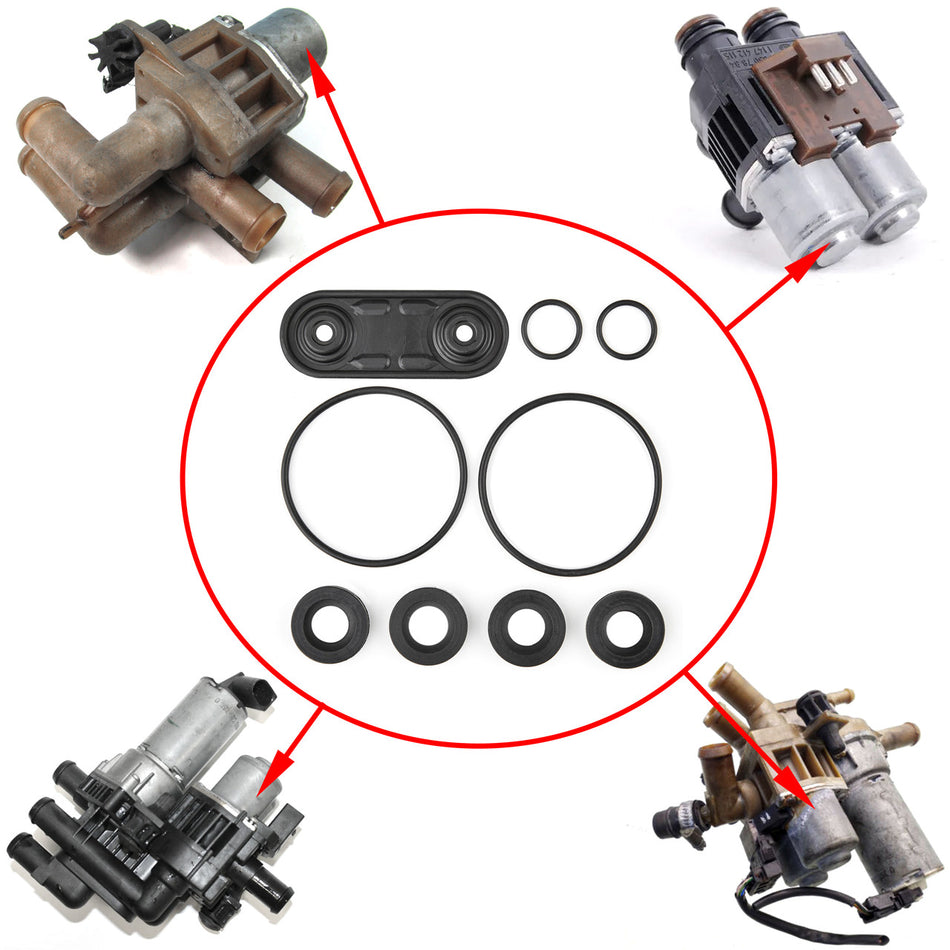
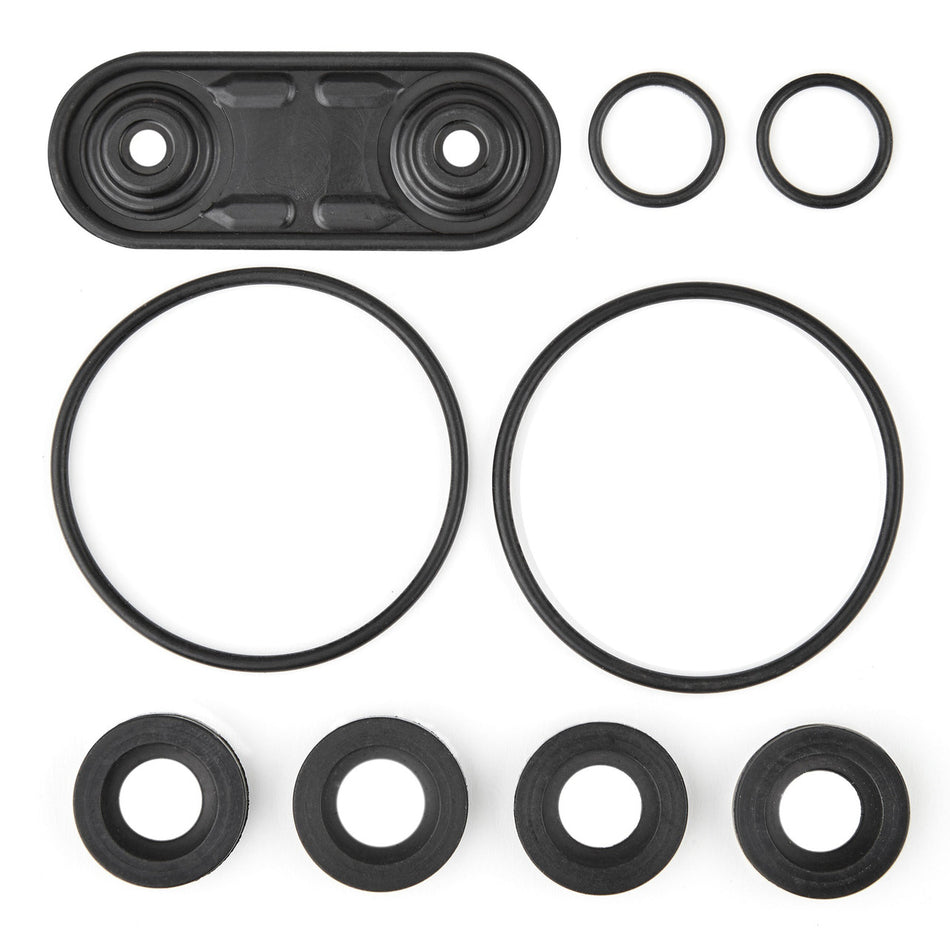




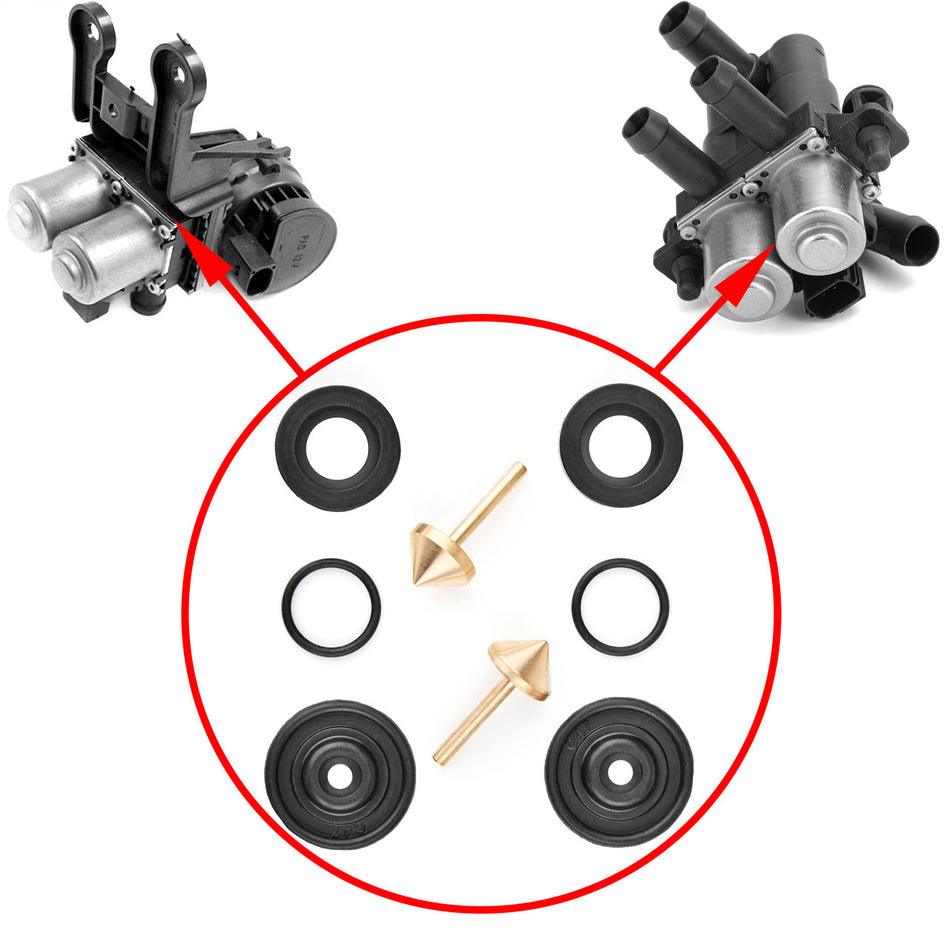
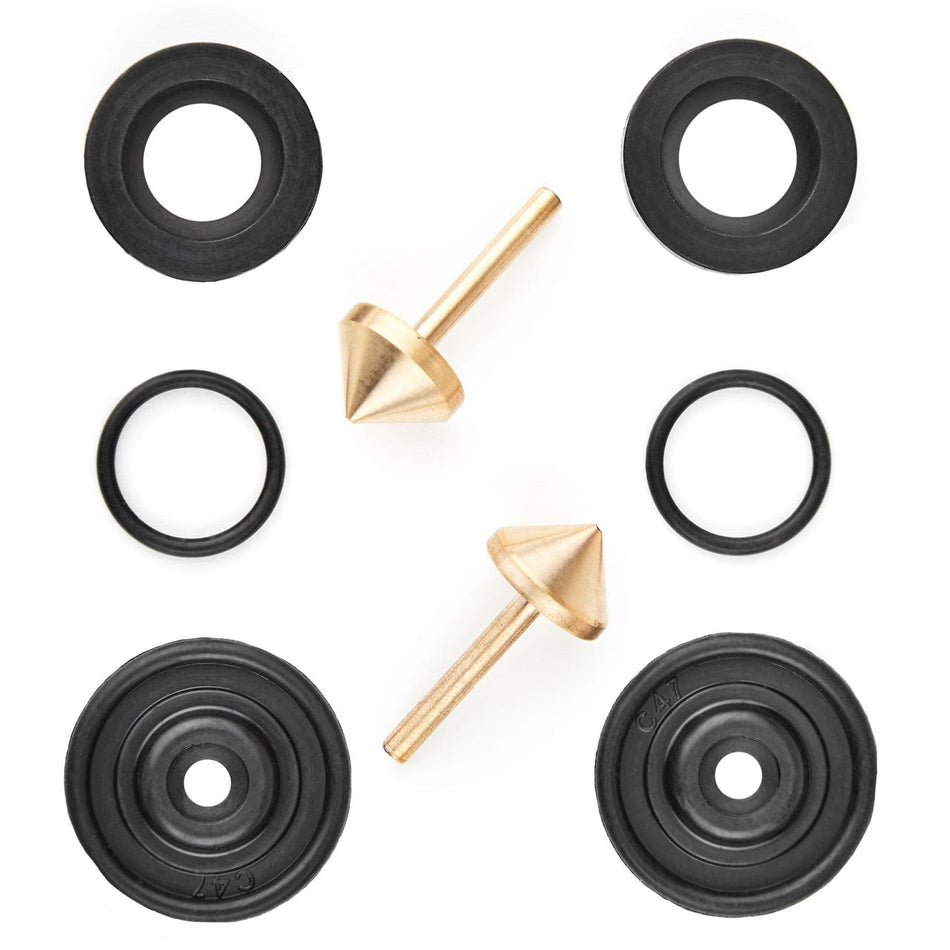
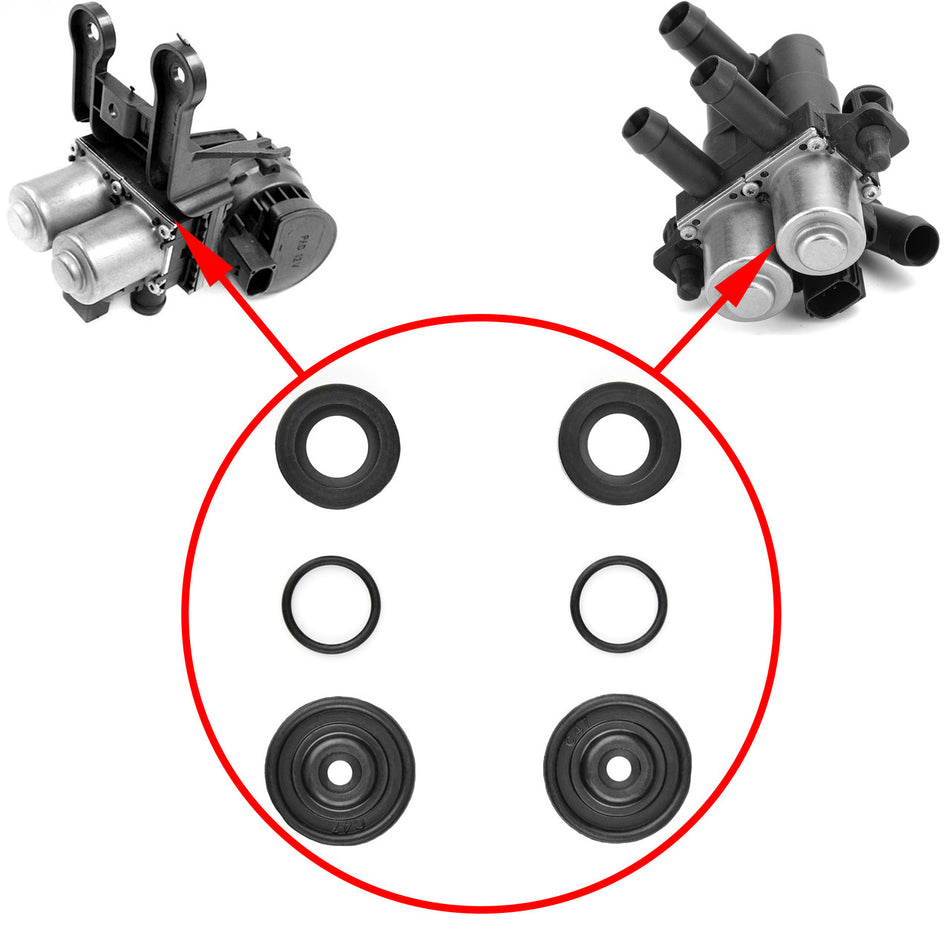
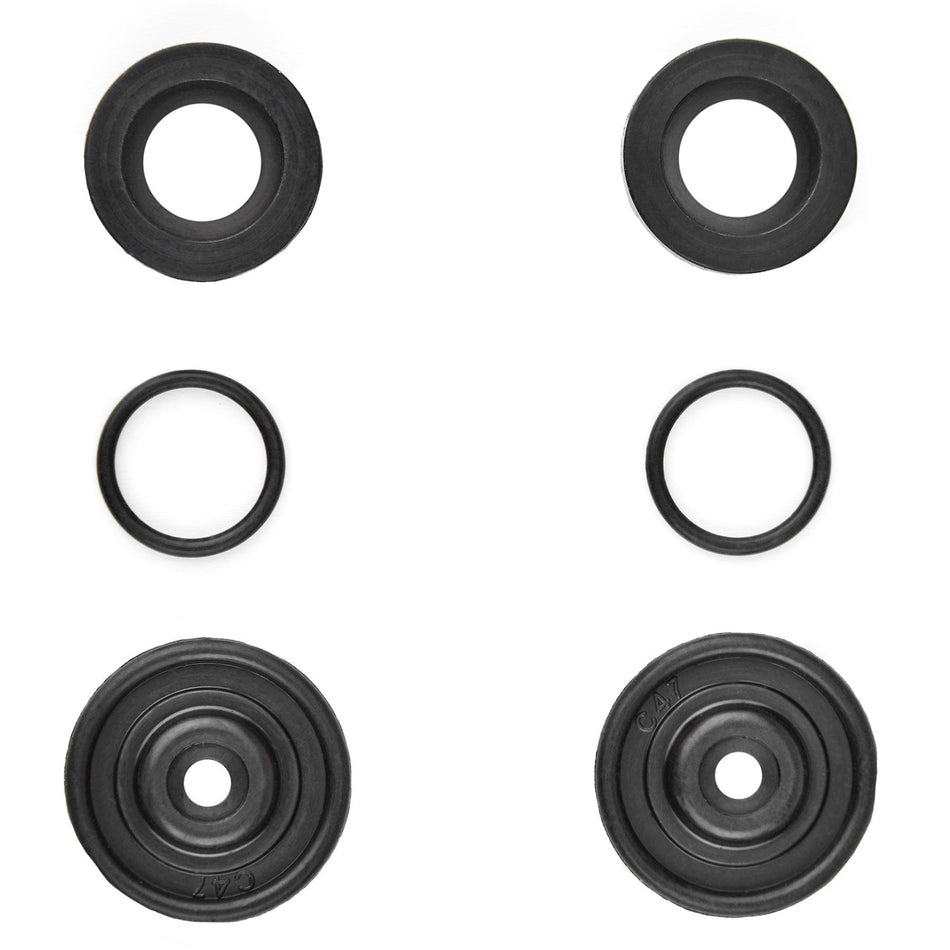
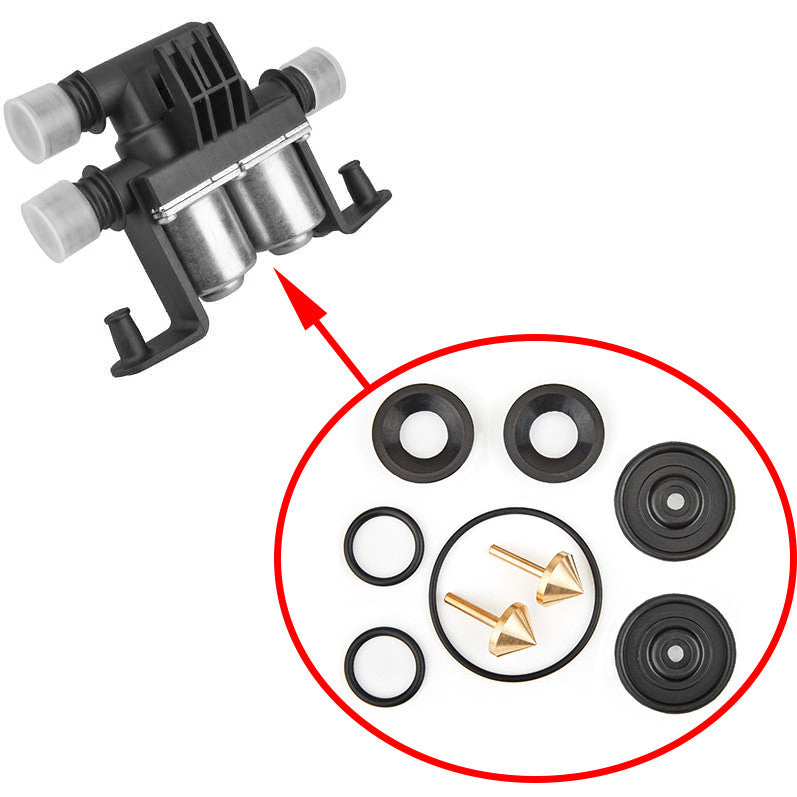
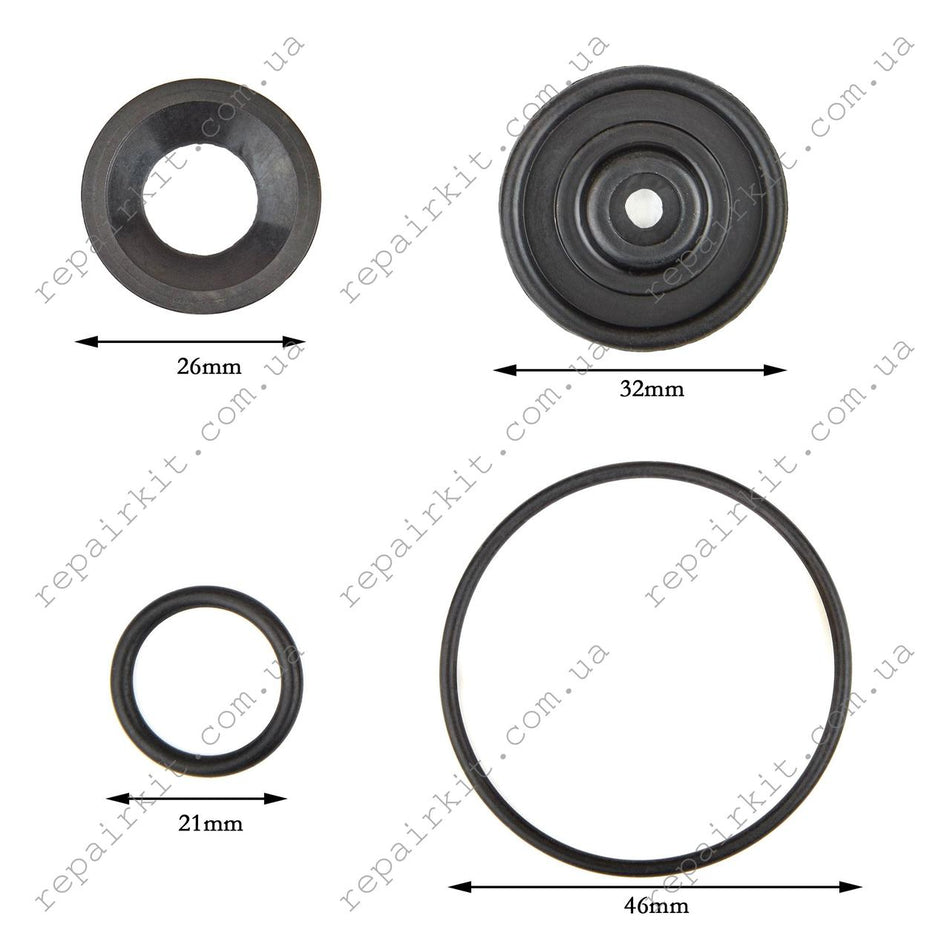 In stock
In stock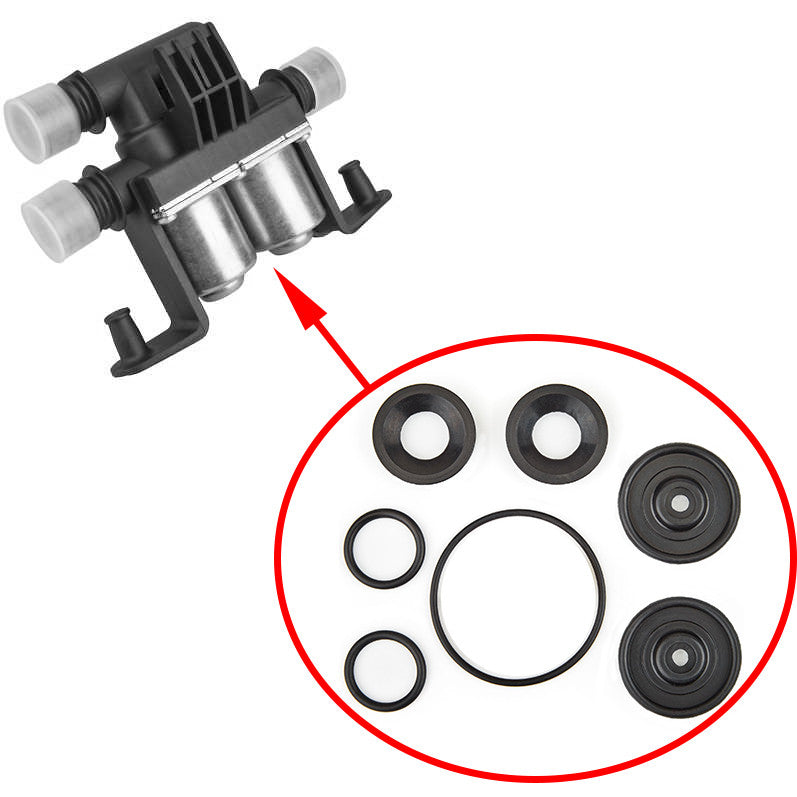
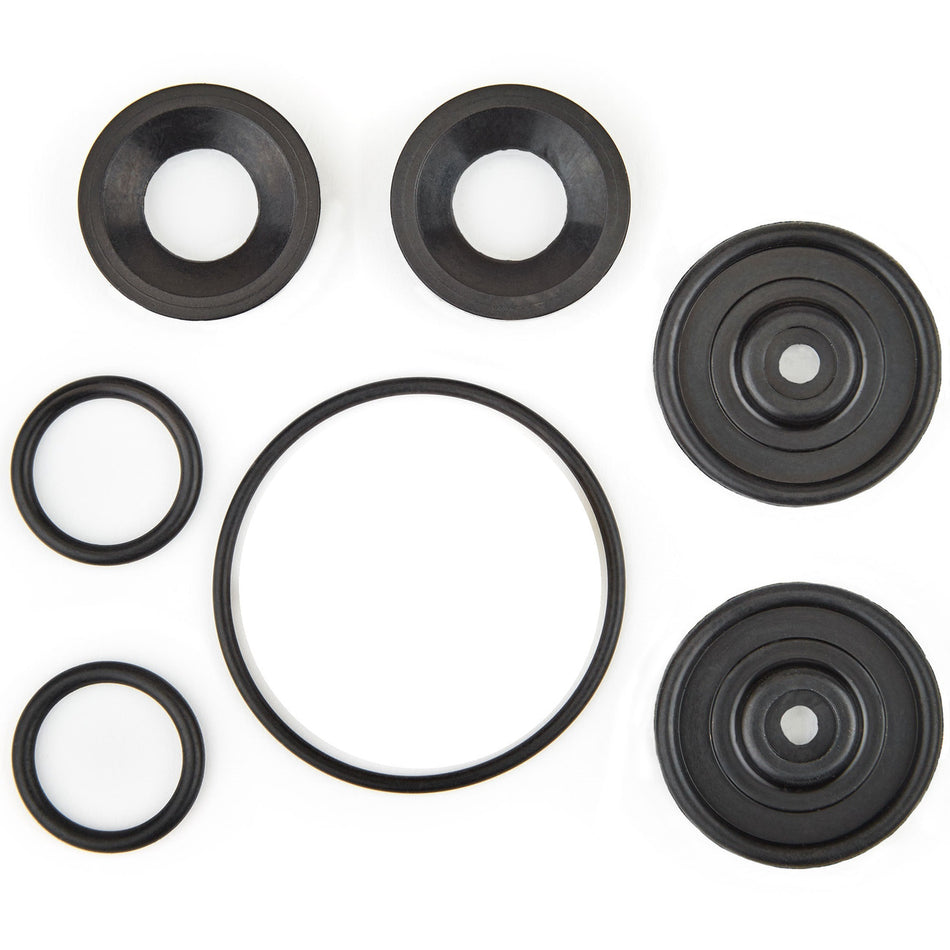 In stock
In stock














































